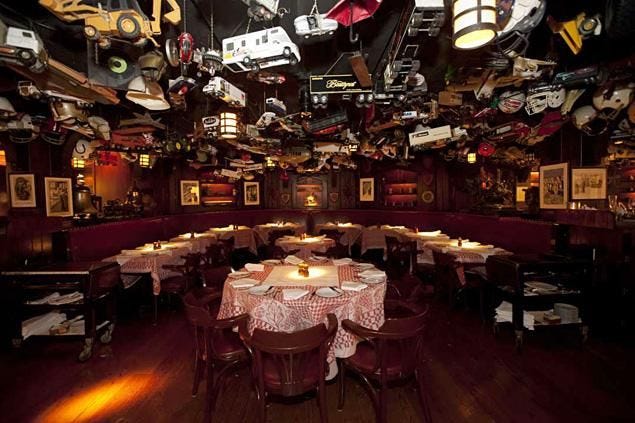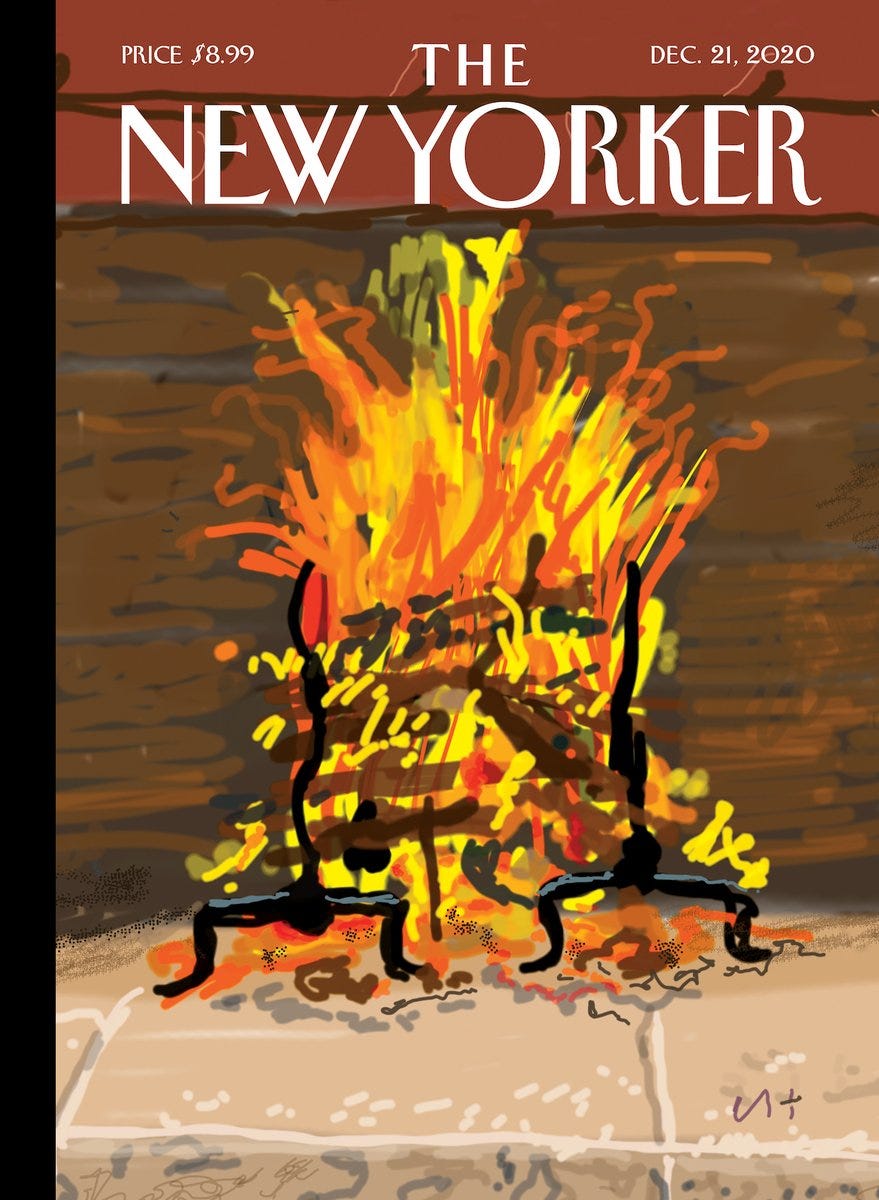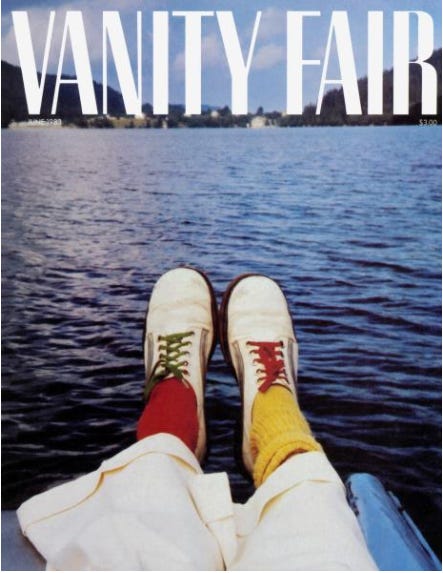Burger Joints of the Rich and Powerful
The Old Speakeasy
As long as there’s a New York City, there will always be rich and powerful people living here. And as long as there is a New York City with rich and powerful people living here, there will also be two other things as well: 1. People lampooning the rich and powerful. 2. Places that are connected to the rich and powerful. That is, there will always be establishments that give off a “You’re not welcome here” vibe no matter who you are. You might not be rich enough or powerful enough to fit in or even step foot inside of places, but you also might not have the proper education like with one of the clubs connected to specific universities or there might be some new, hot bar that you might take one look at and realize you’re either too old or maybe not good looking enough to hang out with the crowd inside. (That’s never happened to you? Is it really just me?)
That’s sort of the push and pull. So many of us are repulsed by it, but find it attractive and fascinating at the same time. It’s why there will always be a space for writers like Lucius Beebe to Tom Wolfe, or publications like Spy, the old Observer, Gawker. Those names might be from the past, but the point is that I’m pretty sure (hopefully) sooner rather than later there will be something to take up the mantle. That is, if there isn’t already and I just haven’t been paying attention.
Places connected to the rich and powerful, on the other hand, is a tricky one these days. We’re led to believe that every single person with money and connections scattered to the Hamptons or upstate or wherever, and the places where they used to conjugate are forced to serve up their food outdoors to diners sitting in plastic bubbles or *gasp* deliver it.
And while I can’t say what every individual Manhattanite worth seven-figures or more has been doing all these months, I can say that the places that they and every other New Yorker used to spend time in, have done a valiant effort just to survive. Be it little diner or Michelin Star spot, every place that serves food or drink has been put in the most unenviable position imaginable, and the people who suffer tend to be the people that make those places run. The bartenders, the cooks, the servers, and so on. Places shutting down is sad, but the amount of people losing a place they’ve worked so hard to open to others being out work and unable to pay rent or support their families is the tragedy.
There is a certain heaviness that comes with each report that another place is closing one after another that I pray we’ll never experience again. If you’ve lived in this place or another city that experiences daily closure notices alongside the bars and graphs shows the number of infected and sick rising, it begins to feel like entire blocks are disappearing. Like we’ll hopefully get through this, but when we do it will certainly be the “after” times. Just go ahead and look at the recent New York magazine feature on all the places that closed for good in 2020. It’s painful, but in the week since it was published, more places have closed, and other will follow.
One of those places that announced it was closing since the New York feature is the 21 Club. A spot that has long served as a clubhouse of sorts for the rich and powerful, and because of that, has earned itself a reputation as a place that’s just not for everybody, so the response has been somewhat mixed. The news came via a president of the local labor union that represents 120 of the restaurant’s 140 employees that they will be terminated in March of 2021. The tragedy, again, is that people will be out of a job. But it’s also a sad ending for one of the city’s most famous restaurants. Certainly not the way anybody figured it would end.
Oddly, the last time I recall the 21 Club making news was four years ago, when then-president-elect Trump and his family dined there not long after the election. Not long after, one of the more harmless controversies during his presidency took place when he ordered a well-done $54 New York strip at a D.C. steakhouse and ate it with ketchup. It’s almost quaint to think of how annoyed many of us got with that, given everything we’ve experienced since, but just like everything else connected with the soon-to-be former occupant of the White House, his connection to the 21 Club earned the spot a new distinction for a lot of people I know. Before, it was one of those places where the rich and powerful conjugated, but people could live with it. The place lives in the middle of W. 52nd Street, a street you almost never need to go down unless you work in the general vicinity or happen to be going to the Paley Center. It had a certain old Manhattan charm, like the Plaza or the window at Tiffany’s. Those colorful lawn jockeys that go up the stairs are something you want to look at, they gave you a reason, even if it was just once, to walk down that stretch of avenue in Midtown. My hope was that the stink of the last few years would eventually go away. That other places with a similar feel to them, like Keens, had matured into elder statesmen spots where Chuck Rhoades from Billions went for a power lunch, but you could also take your parents visiting from out of town there and show them a truly classic New York experience. I like what David Coggins said about it, comparing it to “Fanelli or P.J. Clarke’s, but on a more ambitious scale (or at least an overpriced one). Certainly it was a good place to be taken.”
Although I’m neither rich nor famous, I spent a fair amount of time at 21 Club. I worked right across the street from it for a few years, so when people wanted to take me out for a meal or drinks on their tab, I’d usually suggest it, enjoying that I’d have to remind them to wear a blazer. I only ever spent time in the bar rooms, never making it all the way up to Upstairs at 21, that was never the 21 experience I cared for. But I was never drawn to 21 because it was where city’s elite supposedly conjugated. I just like places that have history. And, sadly, in order to experience the kind of history 21 sells, you have to pay a little more and maybe not get a whole lot in return. I liked going to 21 Club, but eating there was never really a huge deal to me. I never had my mind blown by the food. And while I was always on the lookout for 21st century Gordon Gekko types, what I got, thankfully, was a look at the past. Going to 21 Club in the aughts and 2010s was never a cool decision. You really had to want to go there, to appreciate what it once was and not so much what it was at that point. As a friend of mine who used to go there back in the 1970s (and asked not be identified because he didn’t want to offend anybody) even after Gael Greene had proclaimed in the pages of New York that the place was then “a shade past its prime” told me, he stopped going to 21 because it wasn’t a “regular spot” any longer. “You’d see younger men there once for meetings and then never again.” 21 for some of the up-and-coming rich and powerful was just a stop they had to make on their way to the top and nothing else.
My friend is in his seventh decade. I can understand why he’d feel the way he does about the place. But another friend of mine, Alex Vadukul, City Correspondent at the New York Times, who I consider one of the great chroniclers of modern New York City, has a different view of the place. Over e-mail he told me:
“The 21 Club was stuffy and old-fashioned, and proud to be so. After years of hearing about its legend, I finally decided to get a drink there in my early 20s, but I repeatedly never made it past the front door because I kept forgetting to wear a jacket (this dance continued until I defiantly sat down at the bar one evening in a dark dinner jacket). Another time, I went there for a drink with the writer Rachel Syme, who graciously agreed to give me advice about becoming a journalist in the big city. As she passed along insight and wisdom, a perfect cold dry martini helped chisel each fine detail about the moment into my mind. It’s the kind of New York memory I won’t forget.”
For me, my experiences at 21 go along with my times going to places like the Odeon, Balthazar or JG Melon. It wasn’t so much about money or power (two things I have very little of), but of earning a seat as a New Yorker at these places that always seemed so quintessentially of the city. There were other places along those lines that have come and gone. One particular favorite was the great Cafe Edison, which really was the exact opposite of 21, except in the fact that I felt like I had to pay some sort of dues to really spend time there. I didn’t consider myself a regular, but I went there often enough that when it closed, I felt something had been yanked away and that the pain would linger for a long time. I spent even less time at 21, but that same pain has returned in knowing that another spot that connects us to the city’s past isn’t going to be around much longer.
Hockneygate
Don’t you just love how anything can sound controversial when you add “gate” to the end of a word? In this case, I’m talking about the very not-controversial David Hockney New Yorker cover that, judging by social media, people seem to not like.
I like it. I think it’s quaint. People want his paintings of pools, but this is what he’s doing right now because he’s 83 and, well, he can do what he wants. Hockney says he’s going to go back to painting on canvas, and while I can’t wait to see what comes of that, I think his digital paintings are often wonderful. It’s an old artist playing around with a new way to work and I can appreciate that. As for “Hearth,” I think it’s cozy. But is he really trolling David Remnick’s art department? I’m not so sure. Hockney has done magazine covers in the past. My favorite is a 1983 cover he shot for Vanity Fair.
That was almost 40 years ago. Juxtapose that with what he was painting at the time and maybe you’d come away thinking that Hockney either really does think “Screw it. I’m David Hockney. They’re going to pay me a lot of money to do whatever the hell I want,” or he just sees the magazine cover as a way to do something different.
Sam Jayne
As I finished looking this over I saw the news that Sam Jayne had passed away and felt like it might be appropriate to mention something about him here as I think my experiences with him since I’m thinking about New York and the past.
I can’t say Sam was a friend of mine, but we had definitely been around each other enough that we said hello without needing a reintroduction. I’d been a fan of his work, especially his first band, Lync. I also really liked his band Love as Laughter, but for all those silly reasons you’d expect, I never actually told him that.
My experiences with Sam are a certain kind that I don’t know if I’ll ever have again, of being a 20-something and going into some bar or vintage store and the person serving you your drink or ringing you up is in a band you like or is a painter whose work you know should break out at any moment. When somebody mentioned “He’s in the band Love as Laughter” maybe the third or fourth time I met Sam, I remember thinking, “Wow. All this time I was talking to somebody whose music I really like.” And the sad part is that I never told him that.
If you get a chance, please check out his work. And while we don’t currently know the cause of Sam’s death, I will also say to please check in on people right now and see how they’re doing.






